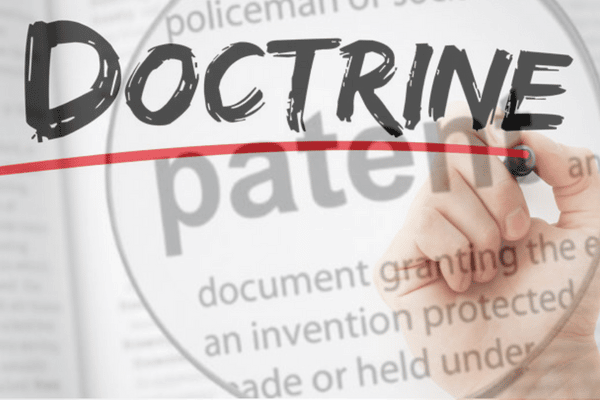As per the Indian Patents Act, 1970, there are two types of infringement – Direct infringement and Indirect Infringement.
When a Patented product or process is used by someone without the permission of the owner of the Patent then that is considered as direct infringement. This is the most common type of infringement.
Indirect infringement happens when someone uses a patented product or process by changing one or more non-essential elements mentioned in the claims without the permission of the owner. In these cases, the copying of the product or process might not be literal but they provide the same effect which ultimately defeats the purpose of granting the patent rights in the first place.
In order to examine whether the patented product or process has been indirectly infringed by someone, the Courts apply the Doctrine of equivalence. In this, basically, a patent will be considered as infringed if equivalence can be established between the patented product and the infringing product.
The equivalence between the patented product or process and infringing product or process is established by conducting “triple test”. In the triple test it is examined that whether the substituted element in the infringing product or process does the same task, in the same way to obtain the same result.
In Pennwalt Corporation v Durand Wayland Inc the Court held that to understand whether the substituted element is equivalent to the patented element or not, the role played by both the elements must be analyzed.
Further the doctrine of equivalence is applied to all the elements of the claim and not to the invention as a whole. It is crucial to prove that every element of the patented invention is present in the infringing product or process.
In India the concept of doctrine of equivalence was first introduced in Ravi Kamal Bali v Kala Tech and Ors. The court in this case held that the patented product and the infringing product had the same purpose, had the same material and they both also worked on the same principle.
In Sotefin SA v Indraprastha Cancer Society and Research Center & Ors. The Delhi High Court reasoned that for analysis of patent infringement, the comparison between elements of the patented invention and infringing product is to be done. For this the pith and marrow of the invention has to be analyzed based on doctrine of purposive construction rather than literal construction and the Court relied on Doctrine of equivalence in this case to examine whether the infringement was done or not.
